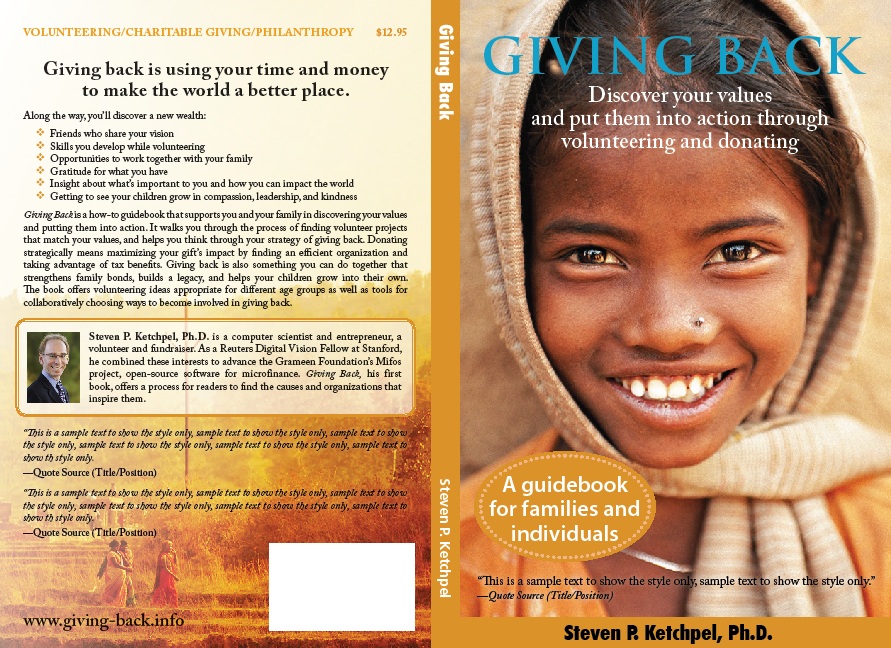Bottom Line: Climate change signs are coming through stronger now than ever before, and faster than scientists anticipated. The droughts in India and the US bode ill for food prices later this year, early next. The suffering in poorer countries may cause additional deaths, social upheaval. The economic interests of Big Carbon are working against our need to change.
Hot Enough for You?
Anecdotally, it’s been a hot summer. My parents in Connecticut have talked about the 5 heat waves (3+ days of 90 degree+ weather) before August. Anudip Foundation talked about “faculty that braved 45 degree Celsius (113F) temperatures in stifling humidity [in India] to conduct their classes in remote places. Several suffered heat strokes in the process.” Bill McKibben, in his Rolling Stone article marvels at Saudis’ report of “rain in Mecca despite a temperature of 109 degrees, the hottest downpour in the planet’s history.” And that’s just the tip of the iceberg. The rest of the iceberg (Petermann Glacier) broke off from Greenland, a mass of ice twice the size of Manhattan. But maybe it’s OK, because one bigger than that broke off two years ago… If you want something that’s unprecedented in 150 years, you can turn to this month’s ice melt of of the Greenland ice sheet, which overshot it’s “typical” level of 55% melting to go from 40% to 97% in 4 days. Heat records have been broken left and right in the US, and the heat and drought has caused serious crop failure in key farming regions in the US
“Some stuff technically is not going to be worth the combine bill to harvest it,” he said. “This is my 49th crop, and I have never had a year like this.”
In India, the story is similar:
“The situation is quite bad, exceptionally bad, and very serious for farmers,” said scientist Kirpal Singh Aulakh, former head of Punjab Agricultural University in Ludhiana.
The Geo-Political Landscape for Change
(What follows is a summary of Bill McKibben’s Rolling Stone article.)
The weak consensus of the Rio+20 Global Summit was to maintain a temperature increase of 2 degrees (Celsius) or less. Scientists believe this increase will cause a host of problems, but not be an existential threat to humanity and our way of life. We have already seen a 0.8 degree increase, with associated problems (ice melt, droughts, oceans 30% more acidic). So some question whether even 2 degrees is permissible. But no binding actions were taken to commit the largest emitters (China just surpassed the US) to any definite course of reduction.
Scientists have further estimated the amount of CO2 that could be released while still remaining within the 2 degree limit: 565 Gigatons by 2050. According to the research cited in the article, on our current path, that level will be reached in about 16 years (adding 32 Gigatons per year, growing 3%).
Big Carbon (Big Energy)
The greatest source of the CO2 emissions is the burning of fossil fuels for energy (coal, oil, and natural gas). The biggest energy companies (and, in countries where the state controls petroleum reserves, the states themselves) are sitting on known reserves that will exceed the 565 Gigaton limit 5 times over. Yet in their quest for more energy (and to increase the $1 Trillion in profits captured since 2000), exploration for new deposits of carbon-based fuel continues unabated. Indeed, with the easiest “finds” already exploited, the new sources (like tar sands or shale) require much more energy to extract, thereby increasing the effective emissions (and cost) of the “useful” energy.
So, while humanity ponders our existence, (or gets distracted by the latest celebrity gossip), the oil companies will also be pondering their existence, recognizing that if we (as a human race) were to enforce the 565 Gigaton limit, nearly 80% of the existing known reserves, plus whatever additional finds are made, could not be burned, rendering it essentially worthless. Since the companies’ market value is derived from these assets and future earnings stream, any such limit would savage the value of the industry, possibly driving some of them out of existence.
If it’s a race to see who can organize faster to protect their interests to avoid being driven out of existence, all the signs so far point to the oil companies winning.
Postscript: The Silver Lining?
A friend shared Matthew Ridley’s The Rational Optimist a couple years ago–the central thesis is that our inventive capability is providing for huge gains, and things that look grim today will be solved by technology or discoveries in the future. Linear extrapolation misses the “disruptive game-changers.” He argues that given a choice between a dollar of mitigation effort today and one (inflation adjusted) a hundred years from now, we should delay, and pay later, because our wealth and standard of living will have increased so much from discoveries between now and then.
I found his argument partially persuasive, but am still troubled:
- These environmental changes are happening faster than forecasted, and the effects seem to be more extreme than forecasted.
- Inventions not only impact our ability to make a positive difference; they also increase our capability to make a negative difference. We’re more capable of making large-scale changes to our environment. Yes, that may bail us out, but we also may miss a fatal flaw in our plan.
- The Big Carbon companies seem to be sticking their heads in the (oil) sands. McKibben cites the lack of investment, even the shuttering of the alternative energy projects undertaken by the reigning corporate leaders.
So, yes, let’s be looking at inventions that might enable us to capture and sequester carbon. Let’s look at alternative energies. But let’s agree that our course of charging ahead, ignoring the warning signs and continuing “business as usual” is a foolhardy recipe for disaster.





